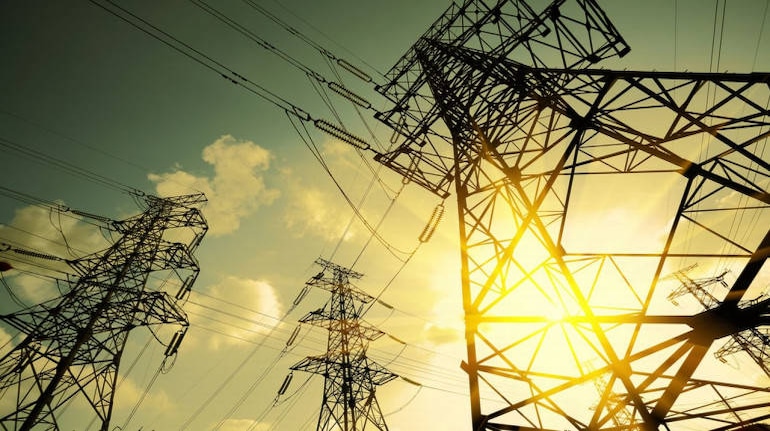



Financial restructuring is at best a band-aid for the power sector. Stakeholders can’t deny the fact that it requires deep surgery. The numbers alone warrant it. About 81 gigawatts (GW) of thermal power capacity remain stressed, according to a Bank of America-Merrill Lynch report. That’s almost a quarter of India’s thermal power capacity.
Look at it another way, lenders could be looking at Rs 1.75 trillion of additional bad loans. This situation will come to pass very soon after Reserve Bank of India’s (RBI's) February circular which said large stressed accounts should be taken to bankruptcy courts if they couldn’t be resolved within six months of default.
Thus, in a country which is no stranger to periodic bailouts of state electricity boards, it is now thermal power producers who are battling high debt and operating at low capacity utilisation levels are asking to be rescued.
There are no buyers for stranded plants and banks are staring at 80% sacrifice on their loans. The most popular turnaround idea seems to be some kind of asset reconstruction company for power assets.
This is gaining ground especially since efforts by power producers to get a relaxation on RBI rules have not borne fruit. On Thursday, the central bank said it was unwilling to bend its rules for one particular sector. Rightly so, since exceptions for one sector will lead to a queue of special interest groups asking for sops outside its doorstep. Thus, the focus has shifted to debt restructuring plans.
Media reports said that the government, the Rural Electrification Corp and State Bank of India are working on different schemes. They all share a common feature: Convert some debt into equity and park these assets in a new company which can turn around these plants and sell them at a profit later.
Such an agency will manage these assets until a cyclical recovery in the sector drives up value, goes the argument. The recovery is predicated upon stronger economic growth, India’s low per capita electricity consumption, plans for 100% electrification of Indian households and cutting discom losses.
But sitting on the haunches and waiting for the cycle to turn is not going to prevent the problem from cropping up again. Preventive steps are needed to ensure that tax payer money (where else is the capital going to come from?) doesn’t go down the drain again.
The problems are well known: There is non-availability of coal linkages, no power purchase agreements, and state electricity boards are unwilling to buy power, and delay payments to power producers.
These key areas should be addressed to improve profitability of the electricity sector. Latent demand should be addressed. It is a joke that large parts of the country are swathed in darkness and discoms are still not lifting power. There should be a relook at the UDAY scheme, which has been somewhat of a mixed bag. While some state discoms have turned around, others in large states such as Bihar, Rajasthan, Uttar Pradesh and Madhya Pradesh still have large transmission and distribution losses, according to ICRA Ltd.
The government could look at measures such as centralised procurement and curbing load shedding to boost demand. Improving the national grid and encouraging more power trading in exchanges should also help. Similarly, the distribution end could also be liberalised further to encourage private sector competition. There is also a need to rethink coal allocation with a view to ensure that everyone gets coal irrespective of a power purchase agreement. Solutions could include introducing more private sector participation in coal mining.
In the past two decades, power sector reforms have been undermined thanks largely to populism. That has driven the crisis to its present proportion. But this also provides an opportunity for radical reforms. Strong political will is need to strike at the root of the problem.
Discover the latest Business News, Sensex, and Nifty updates. Obtain Personal Finance insights, tax queries, and expert opinions on Moneycontrol or download the Moneycontrol App to stay updated!
Find the best of Al News in one place, specially curated for you every weekend.
Stay on top of the latest tech trends and biggest startup news.